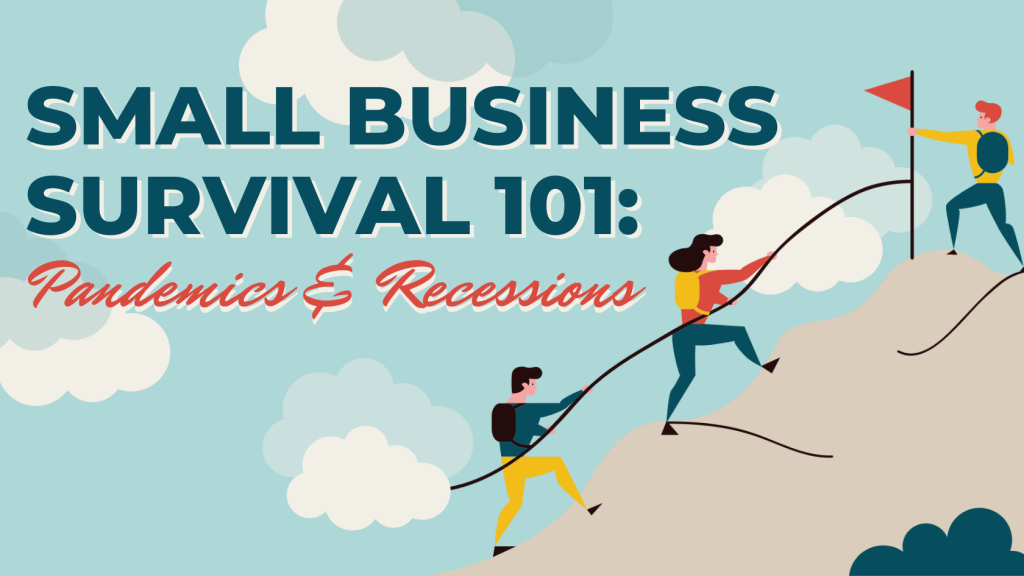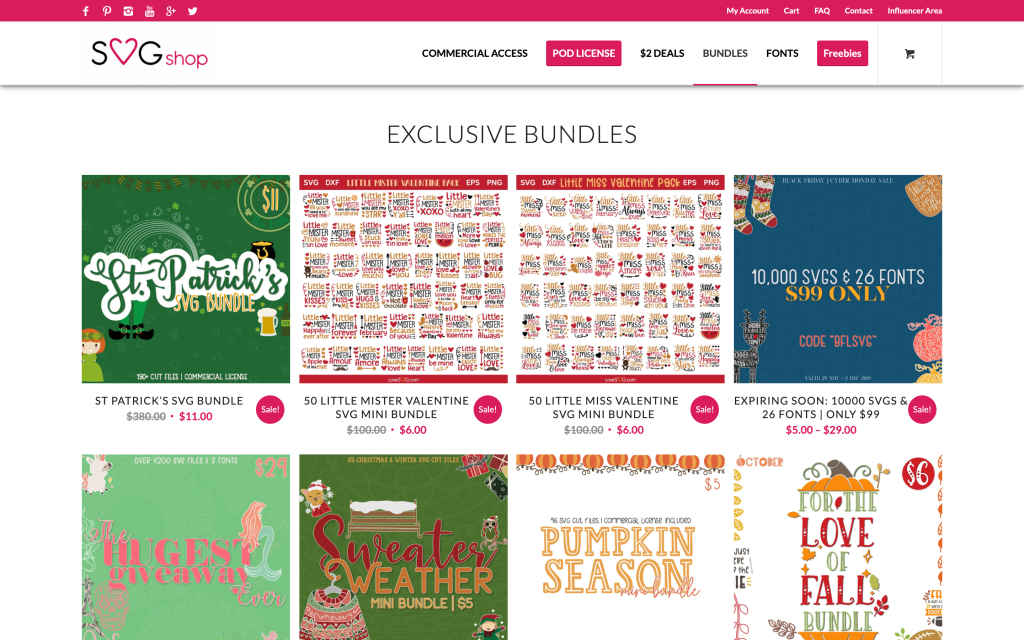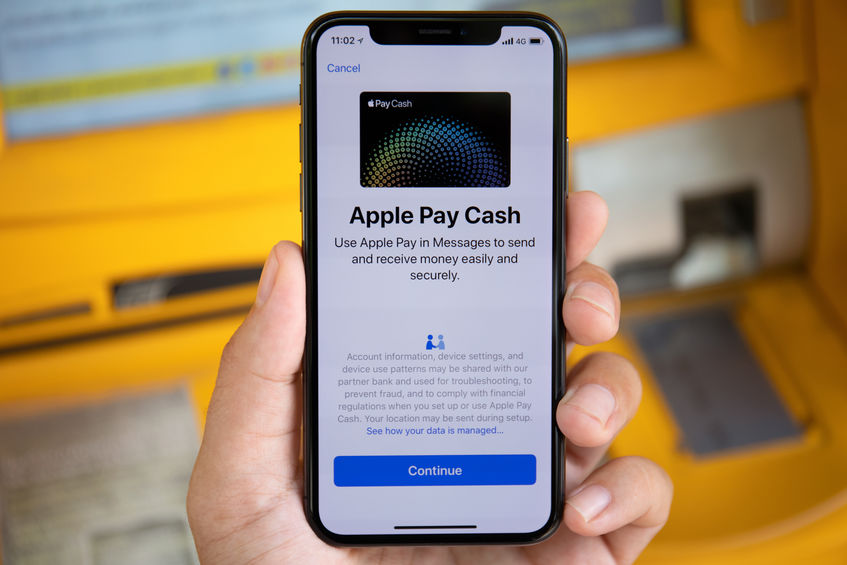
Small Business Survival 101: Pandemics and Recessions. (Source: Graphicmaker)
Time and time again, we’ve heard about the devastating effects of the COVID-19 pandemic on small businesses. According to a Goldman Sachs survey of over 1,500 small businesses, over 96% say they’ve already felt the impacts.
The remaining months of 2020 will be crucial for business survival, and getting through them will require tenacity, perseverance, and quick thinking. With the rapid changes happening across consumers, economies, and governments, business owners will need to be prepared for anything.
Here at Designs.ai, we’re committed to helping the small business community during these challenging times. On top of offering freebies and discounts, we’ve also prepared a list of key tips for surviving pandemics and pandemic-induced recessions.
1.) Maintain cash flow
Build multiple revenue streams
If you have a reputable blog or website that generates high traffic, consider incorporating ads or sponsored content for some extra cash. Even a site with a mere 500 visitors per day can charge up to $50 for a simple banner ad. Affiliate programs are also good sources of profit as a couple of posts can make you thousands per month on redirects.
If you’re primarily a content creator, you can profit from uploading your stuff on sharing websites or stock libraries. Youtube alone can make a lot of cash from ads on your videos. Websites also pay individual contributors a percentage of your photos sold through their website.
Even educational content can be used for profiteering. If you’re a veteran in your field, consider expanding your services to include one-on-one consultations. You can also create webinars, online courses, or ebooks to sell to those interested to learn.
Bundle up slow-moving products
In truth, not all products will be successful. To prevent excess inventory, you can bundle up slow-moving products with popular ones to increase the sales of both. Sell them as package deals, subscription boxes, or ‘buy one, take one’ promos.
When bundling, it’s important to make sure that the items you sell complement each other, and are curated for a specific theme or purpose. Also make sure to competitively price the bundles so consumers purchase them over individual pieces.

LoveSVG bundle deals. (Source: Shop.LoveSVG.com)
2.) Understand that it’s a tough time for everyone
Use language that empathizes with consumers
Recent weeks have been tough on everyone as the world navigates through this new normal. In both the content and the language of the materials you share, it’s important to be considerate of your consumers’ current situation.
In terms of content, never create materials that will likely stir fear and panic. Don’t exaggerate consequences, don’t use click-bait titles, and NEVER encourage consumers to contradict COVID-19 health measures. The safety of the general public is much more important than a few likes and shares. Additionally, avoid blasting emails, texts, and ads that aggressively encourage people to buy your products as this can be pretty insensitive to those facing financial hardship during this period of time.
In terms of language, talk to your consumers like they’re human beings. Use comforting phrases like ‘We’re here for you’ or ‘We support you’, and, if you’re creating special discounts or sales, emphasize that it’s for your consumers rather than for yourself. People like helping businesses that help others.
Offer flexible payment plans
It’s no surprise that, as a result of the pandemic, estimated consumer spending has gone down drastically. With millions of people sick and even more unemployed or struggling financially, consumers are unwilling to take risks with their money.
To help your consumers during these challenging times, consider offering flexible payment plans. If you already these, you can also extend payment terms or reduce interest rates. This will help you maintain consumer loyalty, and will increase consumer spending likelihood.
3.) Explore digital
Switch to digital marketing
Digital consumption has increased tenfold as consumers spend more time at home. In order to reach your audience now, you need to build up your social media content and digital ads. Short form videos have become the most popular medium of communication this quarantine period, rising from 15% to 18% of digital consumption.
SMEs looking for fast, easy ways to make compelling marketing videos can make use of video maker tools online. With Designs.ai’s artificial intelligence-powered Videomaker, you can create videos in only 2 minutes for USD20 per video.

Designs.ai Videomaker Editor Screenshot. (Source: Designs.ai Videomaker)
Sell online
As much as 98.6% of all physical retail establishments are small to medium enterprises. In light of community quarantine measures around the world, this is no longer sustainable.
If you’re primarily a physical establishment, this is the perfect time to start selling online. Sign on to delivery services like DoorDash or Postmates if you’re in F&B or retail. You can also create listings on Amazon, eBay, Shopee or AliExpress for products you can package and ship out. Even social media sites like Facebook and Instagram now have features that allow businesses to sell directly to their consumers.
Adopt cashless modes of payment
In order to contain the COVID-19 outbreak, the World Health Organization (WHO) recommended that consumers pay contactlessly rather than with cash. Now’s a good time to explore e-banking or e-wallets as possible modes of payment for your goods and services.
Apple and Samsung both offer mobile e-wallets that you can use for payments in person, in app, or on the web. Other popular e-wallets include Paypal, Payoneer and Stripe — all of which can be used for either local or international transactions.

Apple and Samung both offer mobile e-wallets that you can use for payments in person, in app, or on the web.
4.) Expand your market
Warm up dormant leads
Revisit every person you met at an event, every account that ever messaged, liked, or followed your social media page, and every customer that bought only one thing from your business. All of them are potential leads you can tap into.
Send over a personal email or message on their social media account to ask how they’re doing. You can additionally thank them for their support, give product updates, dig deeper into their current situation, and explain how your products and services can help them. You’d be surprised by how many conversions you get from this set of leads.
Engage with emerging markets
The biggest change in consumer behavior this period can be found in older customers. Previously, this market would make purchases in physical establishments. However, given the risks to their health, many are beginning to try out online shopping for the first time.
Engaging with this emerging market now could lead to more sales in the long-run. Turn them into your customers by creating materials that educate them on how to make purchases on your website or app.
5.) Connect with the community
Work with each other
Even though times are tough, you don’t have to go through them alone. Connect with small businesses in your industry or in your country, and propose ways to help each other. You can do things like share each others’ marketing materials, combine products to make bundle deals, or offer special discounts to each others’ customers. You can find a lot of small business owner groups on Facebook, LinkedIn, Slack, Telegram or WhatsApp.
You can also consider organizing calls to exchange tips with other business owners. Chances are, they may be facing the same problems you are. There’s a lot you can learn from how they might have handled the situation — whether success or failure.
Take advantage of freebies and discounts
During this period, you’ll find that a lot of businesses are offering special deals and discounts. Take the time to seek them out and avail of as many as you can find. A lot of the freebies are either resources or extremely useful learning materials.
At Designs.ai, we’re offering our basic logo package (a $19 value) for FREE with the promo code STAYSAFE19 as our premium logo package (a $49 value) at 50% off with the promo code STAYSAFE50. This package comes with an entire brand identity kit which includes logo variations, mockup samples, and a comprehensive logo narration. Read more about the packages here.

Designs.ai is offering free logos with the promo code STAYSAFE19. (Source: Designs.ai Logomaker)
6.) Negotiate your payments
Renegotiate payment terms with external partners
If you outsource work or engage with external partners, try as much you can to negotiate for payment term extensions. While it’s a temporary solution, it might help in maintaining cashflow for the time being.
During negotiation, be transparent about your current situation and your expectations for revenue, cashflow, and customer acquisition for the next couple of months. Also be sure to ask them what you can do to ease the impact of the payment extensions on them. If they push back, respond with empathy. Use phrases like ‘I understand this situation is not ideal’ or ‘I understand this puts your organization in a place neither of us want you to be in’.
If all goes well, make sure to deliver on your commitments and communicate regularly with them.
Review your budget
This may be a given, but it’s a good reminder nonetheless. Even before you feel the hit of the economic downturn, take the time to review your budget and chart out your expenses. Look at how much things cost, how much return they’re really giving you, and cut out all the unnecessaries.
If your business is currently working from home, consider prolonging remote work to ease rent and electricity payments. You can also freeze hiring, and cut out office vacations, bonuses, and non-essential allowances for the meantime to give the company some room to bounce back.
However, if you are doing these measures, make sure you communicate everything to your employees clearly and responsibly. Set an example by cutting your own salary first, and soften the impact on low-wage workers — especially if they’re front liners.
7). Adopt a survival mindset
After this global pandemic, nothing will be the same ever again, but it’s your decisions that will determine whether you come out of this weaker or stronger than ever. The most important thing to remember is that possessing the right mindset is key to surviving. This is what will get you through long, grueling work hours, bad news, and unexpected problems along the way.
Some of the world’s most valuable companies today were founded during the last global financial crisis. This just goes to show that nothing is impossible even in the darkest of times.
Thus, as a small business facing 2020’s new existential threat, it’s more important than ever to stay hungry, stay focused, and stay committed to your vision for the future.
Read More

